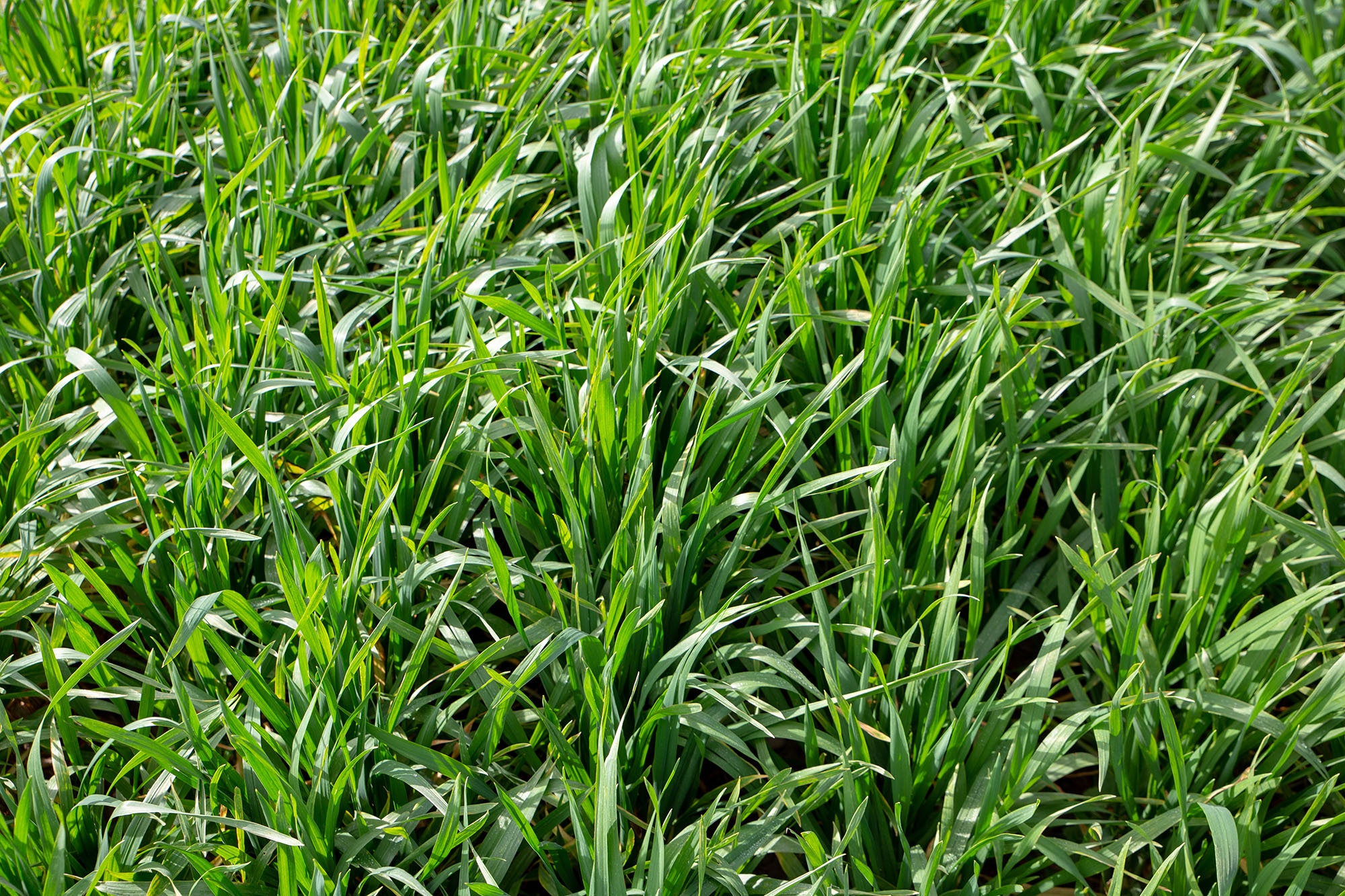Biomass Sorghum
 High biomass sorghum is an annual crop that has been derived from grain sorghum to maximize biomass yields. Plants can grow to 15’ in height, and stalk diameter will be comparable to corn. Yields for biomass sorghum will average around 7 dry tons per acre and the crop can be grown on lower quality ag land.
High biomass sorghum is an annual crop that has been derived from grain sorghum to maximize biomass yields. Plants can grow to 15’ in height, and stalk diameter will be comparable to corn. Yields for biomass sorghum will average around 7 dry tons per acre and the crop can be grown on lower quality ag land.
Planting and management of biomass sorghum can be accomplished using existing equipment (standard planters, sprayers, etc). At harvest, the sorghum will be cut with a mower-conditioner or self-propelled windrower and baled. Biomass sorghum is typically harvested in late July through September. While still containing a high moisture content when mowed, sorghum can be dried in the field to below 20% moisture content prior to baling.
Biomass sorghum may provide some great opportunities to add value to under-utilized pasture acres or low productivity cropland.
Triticale
 Triticale is a hybrid of wheat and rye commonly used as a cover crop in our region. Triticale offers high yields in a short growing season, often reaching 3-4 dry tons per acre. It makes an excellent winter cover crop after a crop of soybeans or corn.
Triticale is a hybrid of wheat and rye commonly used as a cover crop in our region. Triticale offers high yields in a short growing season, often reaching 3-4 dry tons per acre. It makes an excellent winter cover crop after a crop of soybeans or corn.







